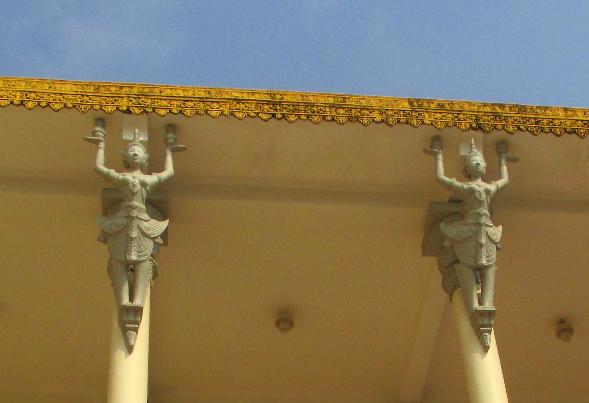
Where We Be
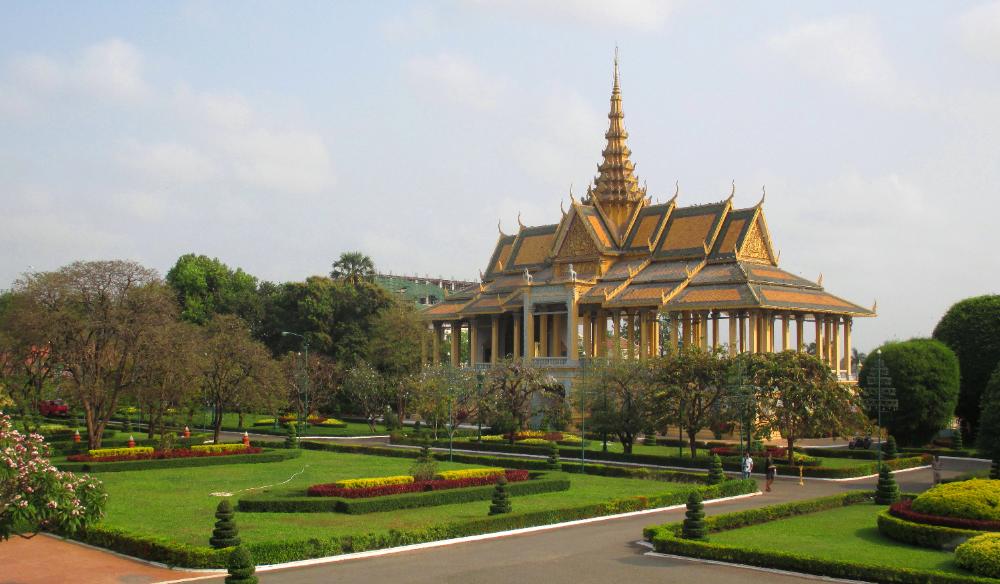
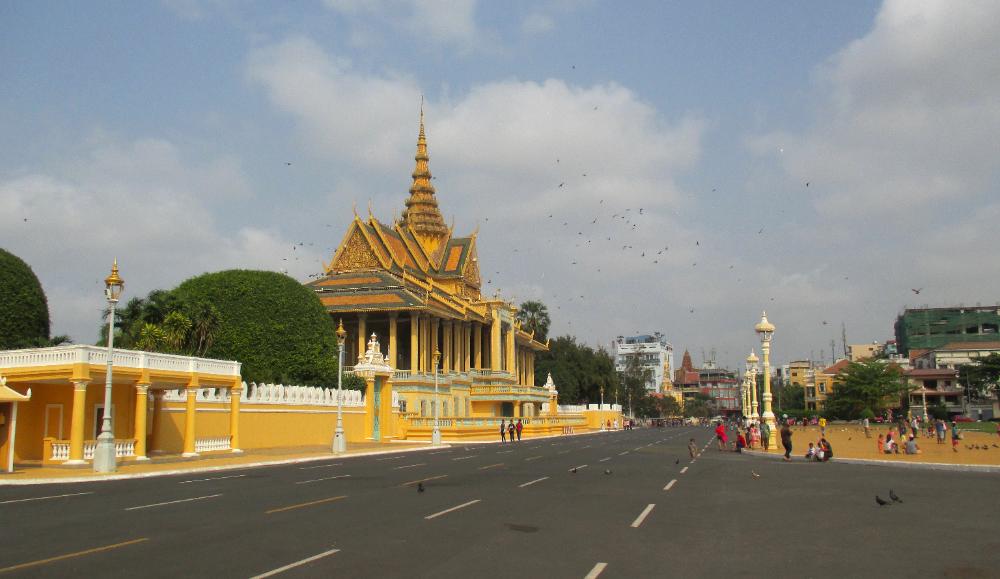
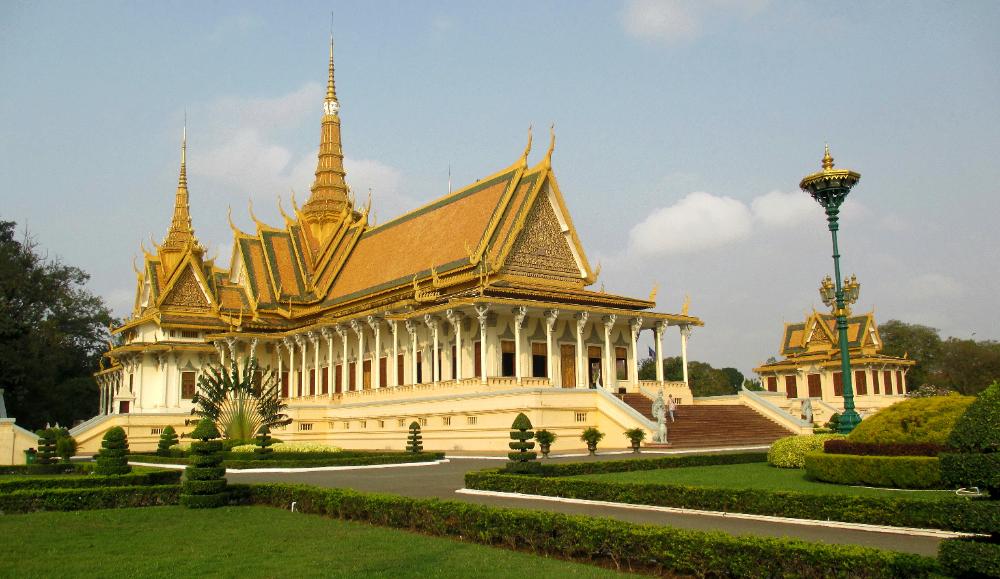
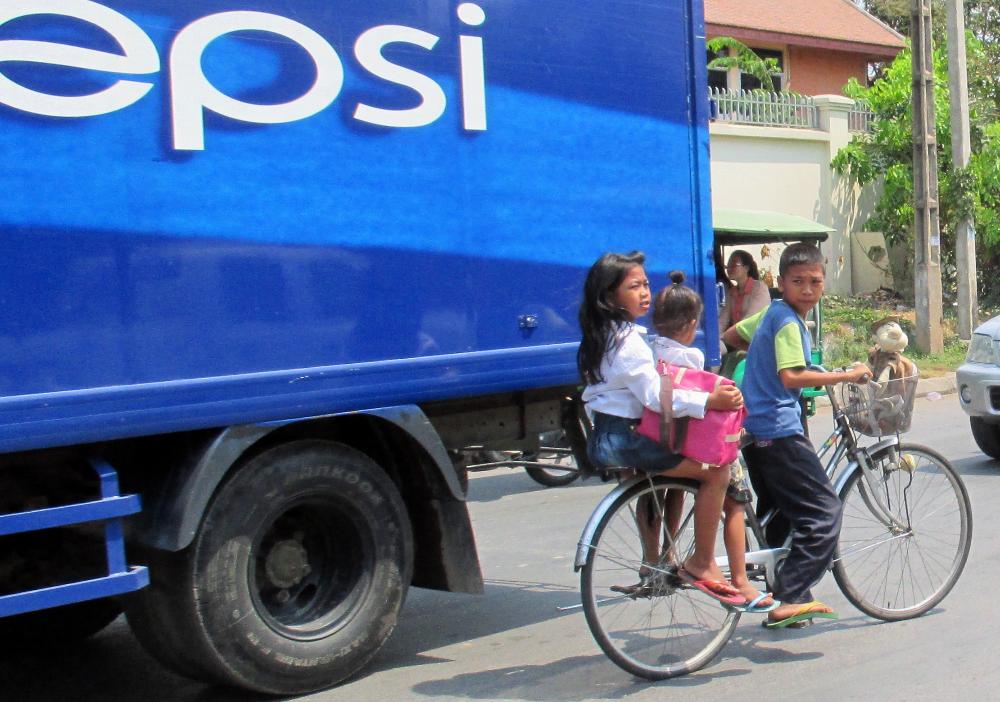
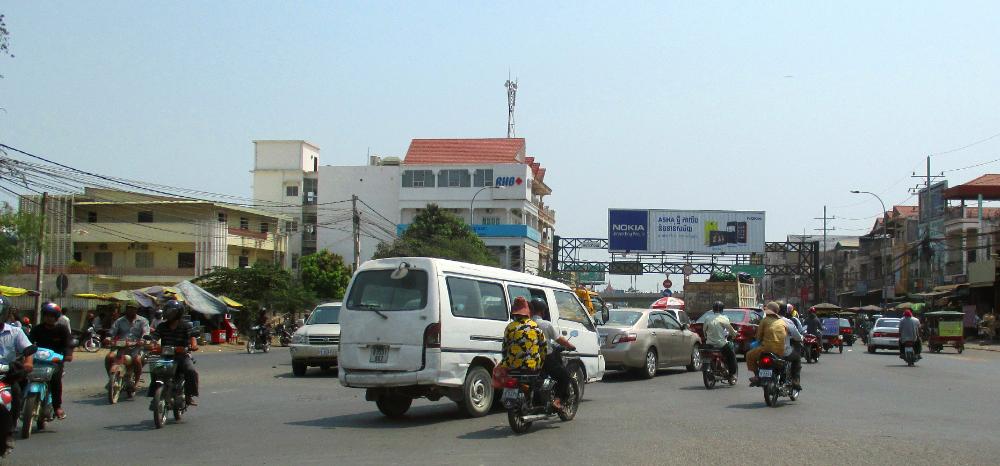
| This would never pass muster in the U.S.! |
| Three kids on one bike? No problem! They negotiate the traffic like pros. |
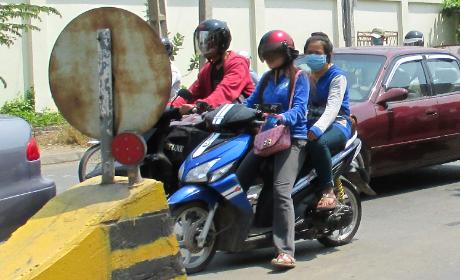
| It's a long 7 hours by bus from Siem Reap to Phnom Penh, primarily because the main road is in such a state of disrepair |
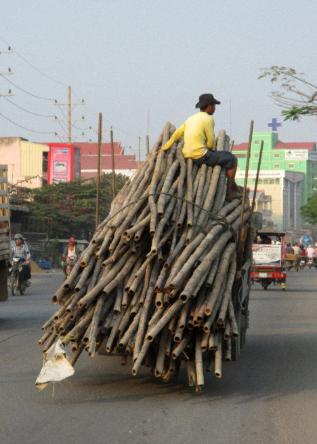
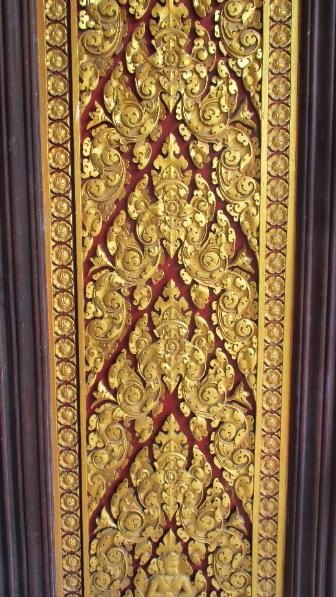
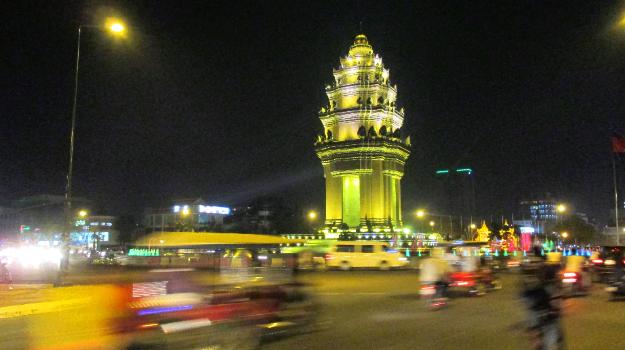
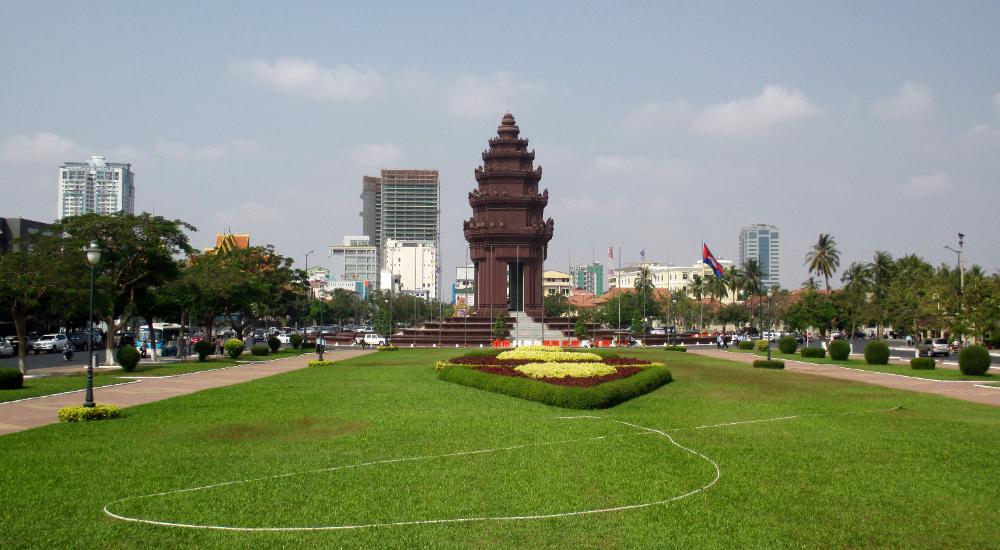
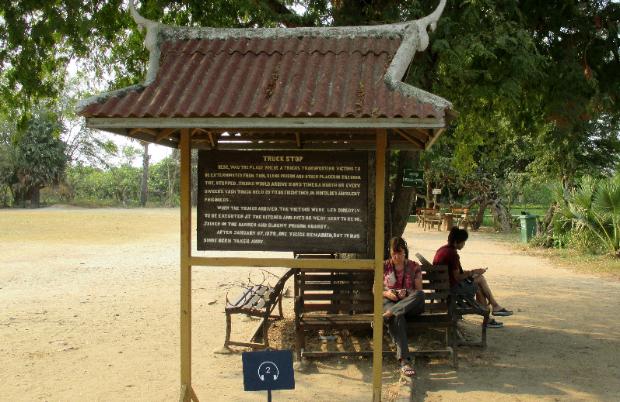
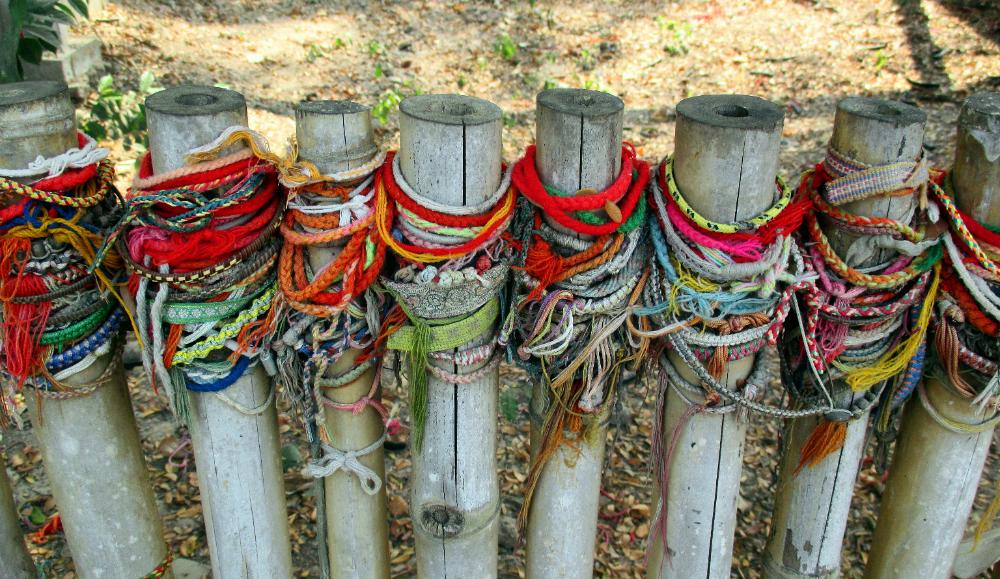
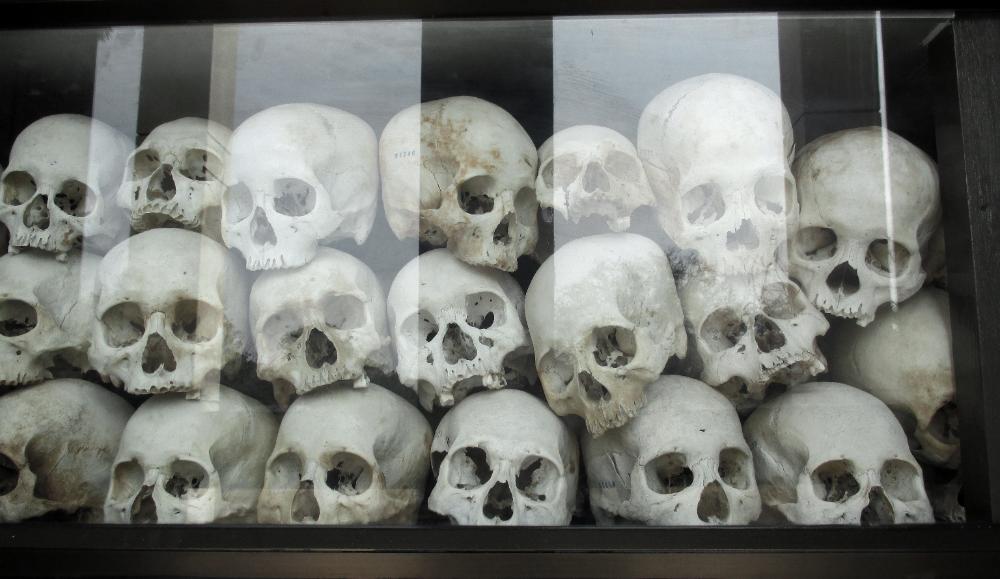
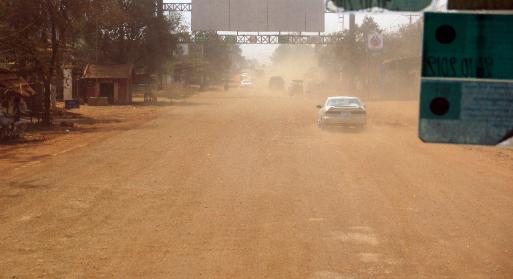
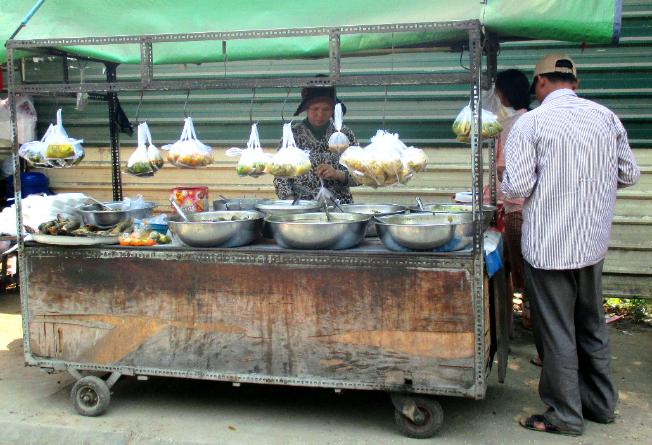
| Cambodia's capital city bustles at night |
| Phnom Penh, Cambodia |
We were surprised by how much we enjoyed
our stay in Phnom Penh since we're not usually
city people, but the parks, palaces, and pagodas
won us over -- not to mention the pampering
one-hour massages for $5. On our first evening
we took a stroll to a huge park down the street
from our hotel. We were initially attracted by a
colorful dancing fountain, but what really held
our attention were the clusters of locals line
dancing to boom box music. The first groups we
came across were doing easy dances like the
electric slide, but by the time we reached the
far end of the park we were seeing what can
only be described as killer hip-hop line dances
by teens with some serious moves -- forty or
fifty teens all in synch. Mixed in nearby were
kids playing soccer, families picnicking on park
benches, and folks out for a stroll during the
cool evening. It felt like we'd gotten a glimpse
into a typical weekend evening in Phnom Penh.
our stay in Phnom Penh since we're not usually
city people, but the parks, palaces, and pagodas
won us over -- not to mention the pampering
one-hour massages for $5. On our first evening
we took a stroll to a huge park down the street
from our hotel. We were initially attracted by a
colorful dancing fountain, but what really held
our attention were the clusters of locals line
dancing to boom box music. The first groups we
came across were doing easy dances like the
electric slide, but by the time we reached the
far end of the park we were seeing what can
only be described as killer hip-hop line dances
by teens with some serious moves -- forty or
fifty teens all in synch. Mixed in nearby were
kids playing soccer, families picnicking on park
benches, and folks out for a stroll during the
cool evening. It felt like we'd gotten a glimpse
into a typical weekend evening in Phnom Penh.
| Hundreds of bracelets adorn the wooden posts marking the sites of mass graves -- small tokens in honor of those who were lost |
| A central memorial holds the skulls and bones of victims – some 17,000 men, women, and children at this killing field alone. There were over 300 other killing fields scattered across Cambodia. |
| The shallow pits of mass graves (empty now) are still visible in front of the memorial stupa |
| This friendly kissing dragon is in the same huge park as the Liberation Monument near the center of Phnom Penh |
| We loved the superb gardens, flowering plants, koi ponds, lily ponds, and peaceful hideaways on the grounds of the Silver Pagoda |
| An ornate gate leads to the grounds of the adjacent Silver Pagoda, which has its own lovely gardens and temples |
| The Silver Pagoda is so named for its silver-tiled floor. It's famous for its small Emerald Buddha, but what caught our eye was the life-size standing Buddha made of solid gold with two-thousand-plus diamonds and precious stones for decoration. |
| The Independence Monument celebrates Cambodia's independence from France in 1953. It's situated in the middle of a busy roundabout (the top photo on this page shows it lit up at night). |
| We enjoyed daily happy hour specials on the rooftop terrace (two-for-one cocktails for $3) |
| This is the cordoned-off main street just outside the Royal Palace |
| The Liberation Monument commemorates the defeat of the Khmer Rouge in 1979 |
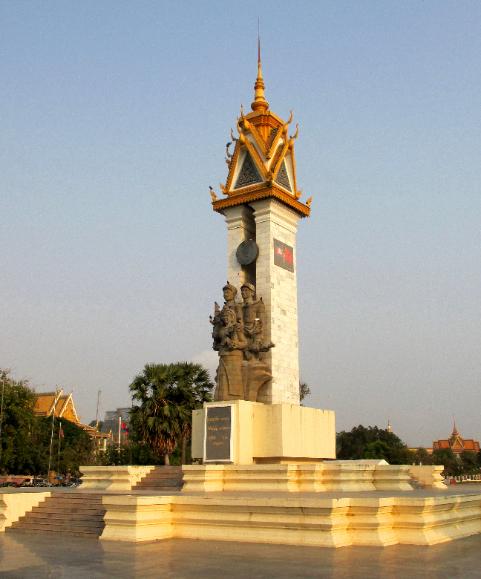
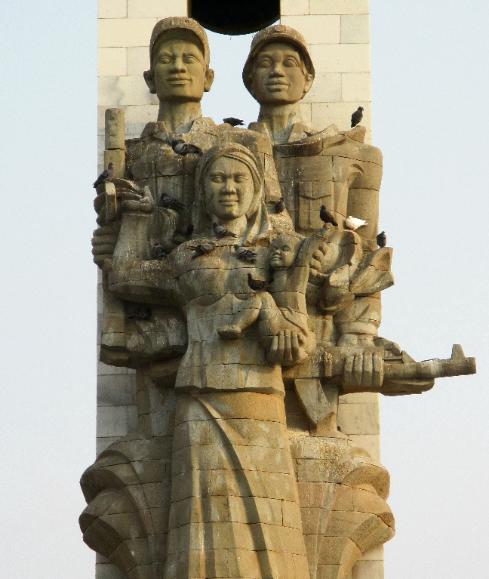
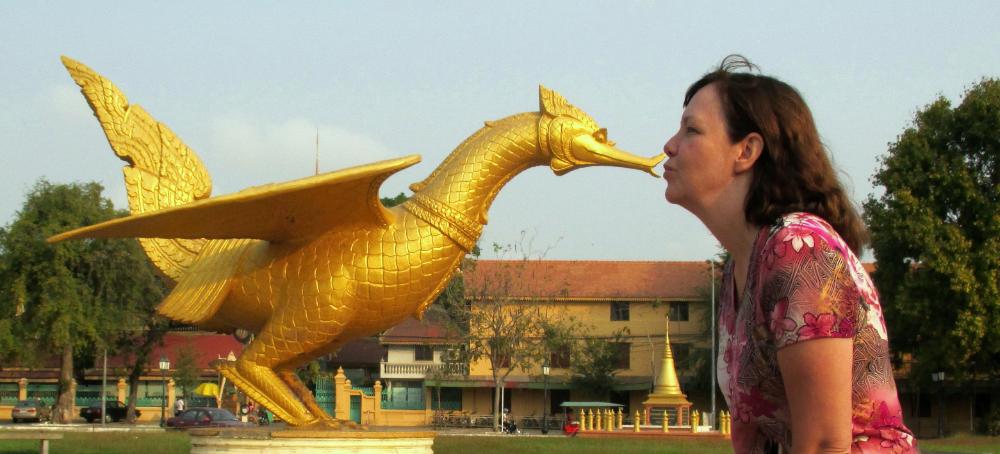
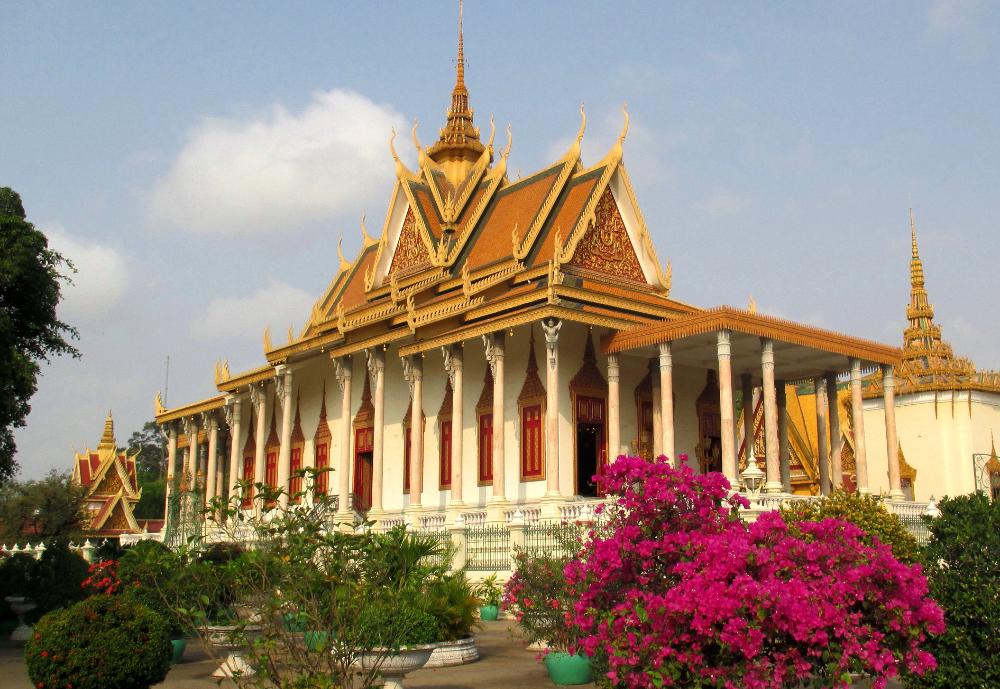
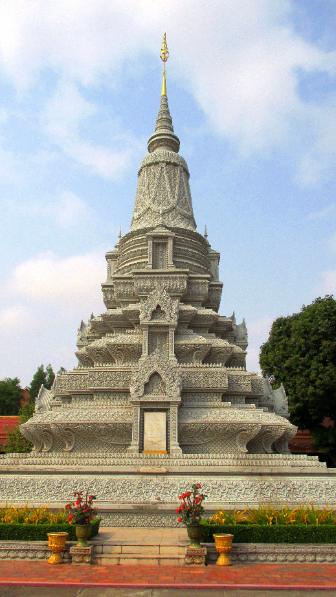
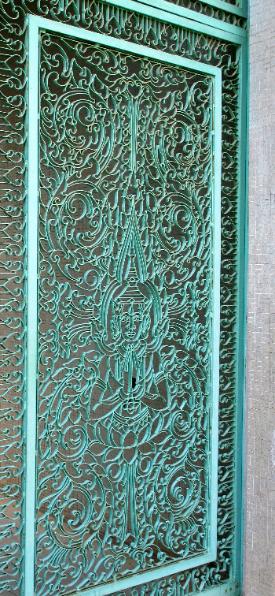
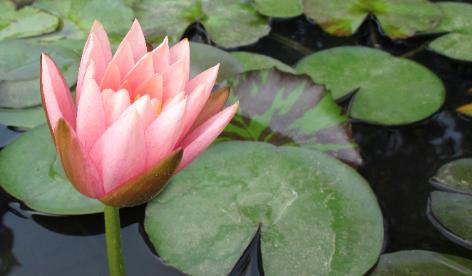
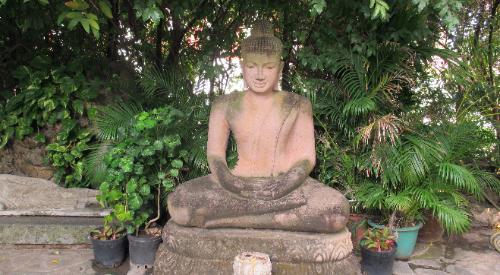
| Four galleries surround a lovely central courtyard and garden at the National Museum |
| Phnom Penh's National Museum is worth a visit since many statues from the Angkor temples have been relocated here for safekeeping |
| Just east of the palace is Sisowath Quay on the Tonle Sap River, close to where it joins the Mekong River. This is a popular spot to hang out both for locals and tourists. |
| The Royal Palace is the most impressive sight to see in Phnom Penh |
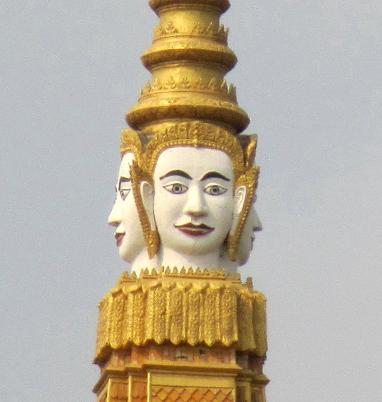
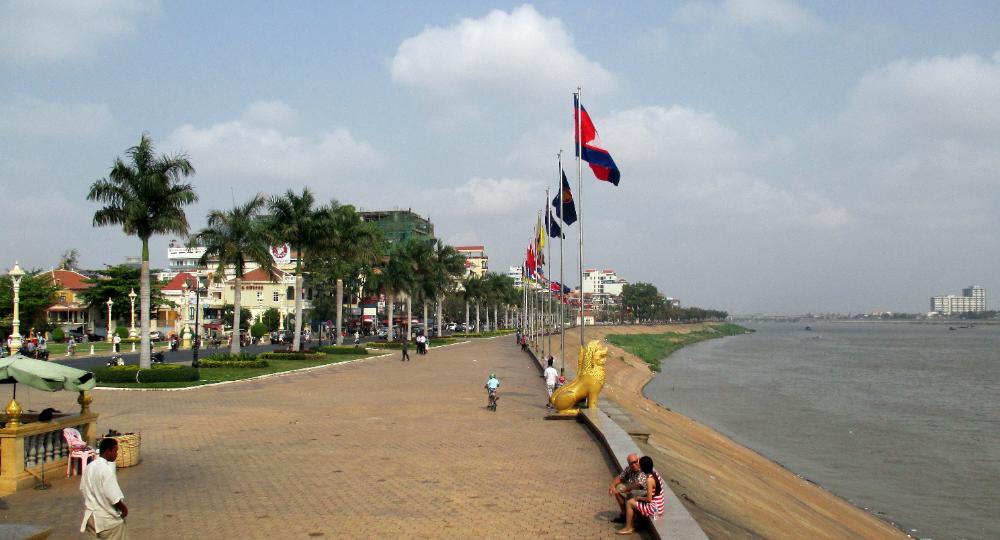
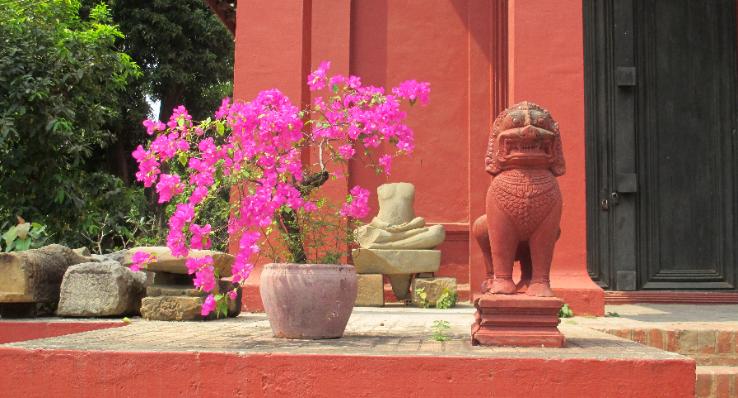
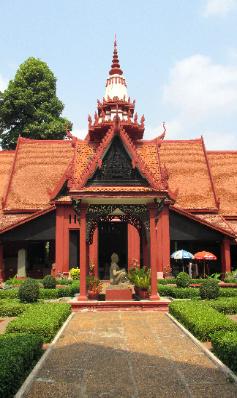
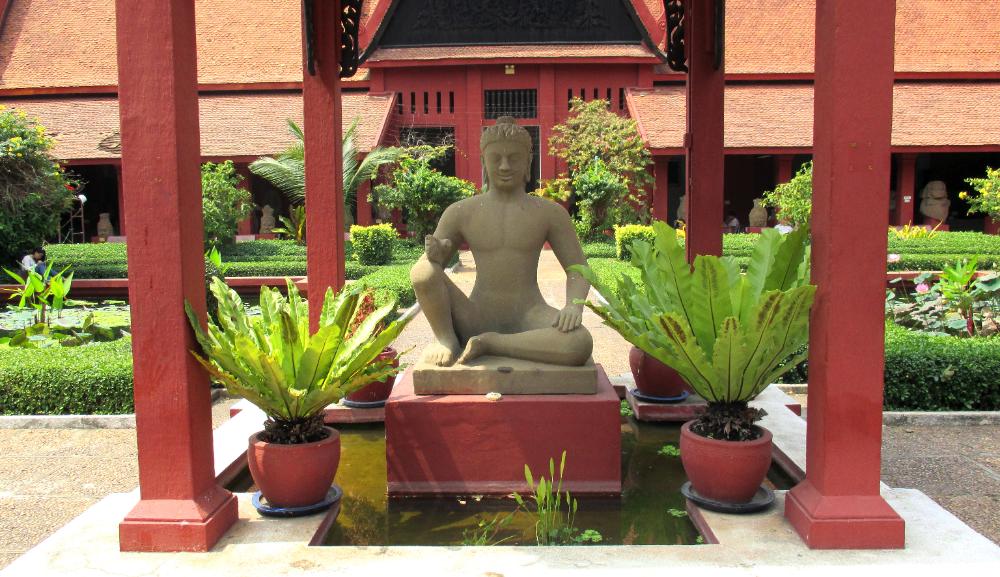
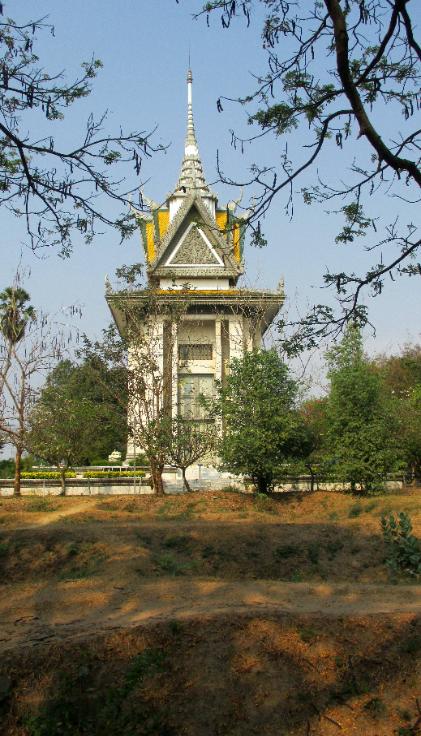
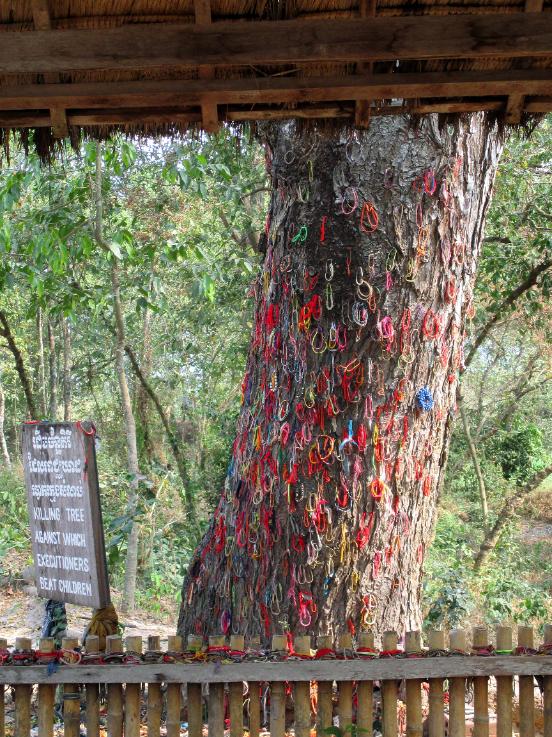
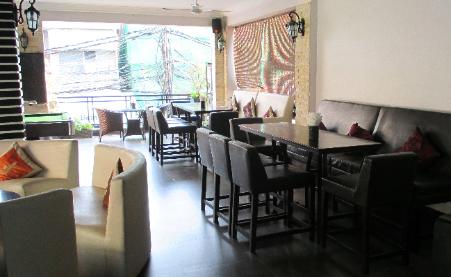
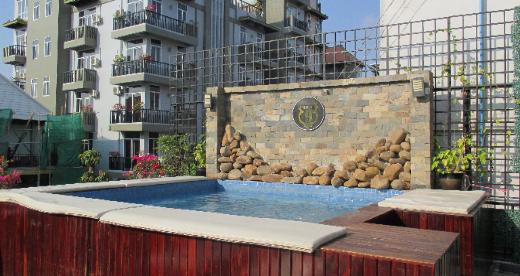
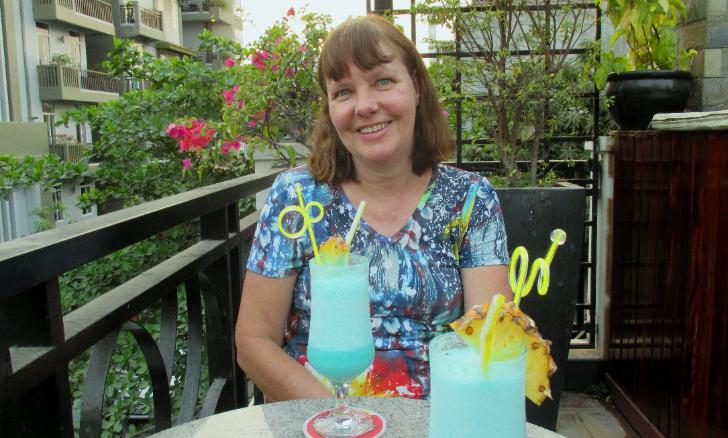
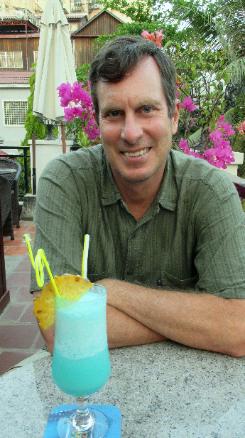
| We loved our stay at Number 9 Hotel with its rooftop pool, friendly staff, and central location |
| Decorative flourishes add interest to a visit |
| Phnom Penh is bright lights big city by Cambodia standards |
| Royal Palace & Silver Pagoda |
| City Center |
| The Killing Fields |
Located about 15 km southwest of Phnom Penh
are the Killing Fields, also known as Choeung
Ek Genocidal Center. What is now a flat plot of
land in a peaceful setting was then the site of
horrors and atrocities. When Pol Pot and the
Khmer Rouge marched into the capital on April
17, 1975, they forcibly removed all inhabitants.
Phnom Penh and other cities became ghost
towns overnight. City folk were relocated to
farms to grow rice -- and those were the lucky
ones. Anyone who smacked of having an
education or even wearing glasses was
considered an enemy of the state and subject
to torture and execution. Over the next 3 years,
over 3 million Cambodians were killed – and
that’s out of a population of just 8 million. And
all for nothing as Pol Pot's agrarian utopia failed
to materialize.
Suffice it to say this was not an easy place to
visit, but the audio tour was both excellent and
sensitive. And somehow the Cambodian people
have found a way to forgive and move on.
are the Killing Fields, also known as Choeung
Ek Genocidal Center. What is now a flat plot of
land in a peaceful setting was then the site of
horrors and atrocities. When Pol Pot and the
Khmer Rouge marched into the capital on April
17, 1975, they forcibly removed all inhabitants.
Phnom Penh and other cities became ghost
towns overnight. City folk were relocated to
farms to grow rice -- and those were the lucky
ones. Anyone who smacked of having an
education or even wearing glasses was
considered an enemy of the state and subject
to torture and execution. Over the next 3 years,
over 3 million Cambodians were killed – and
that’s out of a population of just 8 million. And
all for nothing as Pol Pot's agrarian utopia failed
to materialize.
Suffice it to say this was not an easy place to
visit, but the audio tour was both excellent and
sensitive. And somehow the Cambodian people
have found a way to forgive and move on.
| Dust and grit make it commonplace for motorcyclists to wear surgical masks |
| It's fun to see the daily life of the city by tuk-tuk |
| Robin listens to one of the first stops on the audio tour |
| The Killing Tree where children were killed is now covered with colorful bracelets left as a mark of respect for the victims |
| The palace grounds offer a quiet oasis in the heart of the city |
